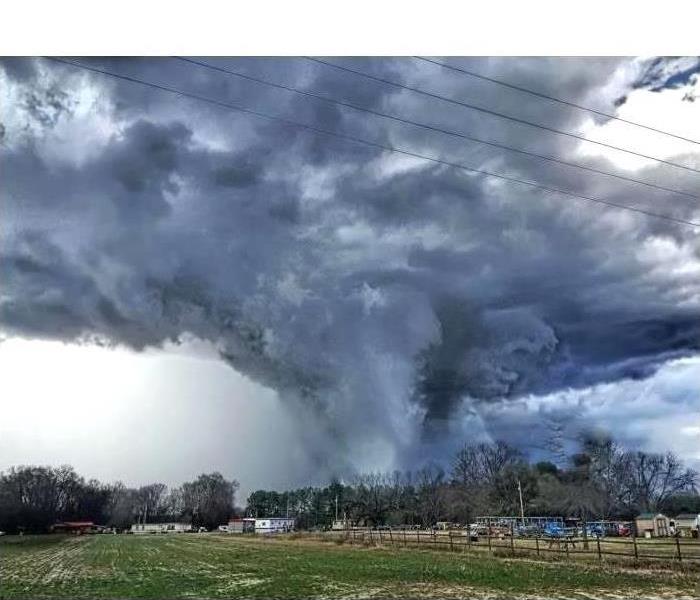Flood Watch vs Flood Warning – What’s the Difference?
9/17/2019 (Permalink)
Flooding can occur rapidly and can cause major damage to homes and businesses. The National Weather Service or your local weather service issues flood watches, warnings, and advisories. But what do they mean? Below are the differences between the announcements and what you need to do for each.
Flood Advisory – this is the lowest level of flood notifications. Flooding may be possible under the current weather conditions, but if a flood does occur it is usually less severe. It is best to pay attention to weather announcements and be alert to the risk of flooding.
Flood Watch – this indicates that flooding may be possible in your area within 24 to 48 hours. It means that conditions are favorable for a flood, but not guaranteed. Be ready to seek shelter because a flood watch can quickly turn into a flood warning.
Flood Warning – this means flooding is imminent or already happening in your area. Some things you should be aware of at this time include locating emergency shelters, evacuation procedures, avoid low lying areas, and stay tuned for weather updates. If officials advise evacuation, do so immediately.
Flash Flood Warning – flash floods are sudden and violent. This usually occurs within six hours or less when rain is heavy or levees and dams break. Because flash flooding happens so rapidly, there may not be time to send out alerts. If you become aware of this warning, seek higher ground immediately. Even if it is not raining in your area, flash flooding can still develop when the warning is issued.
Flooding can be very dangerous and sometimes very sudden. In inclement weather, always be alert to your local weather service or the National Weather Service for updates and how to protect yourself.




 24/7 Emergency Service
24/7 Emergency Service